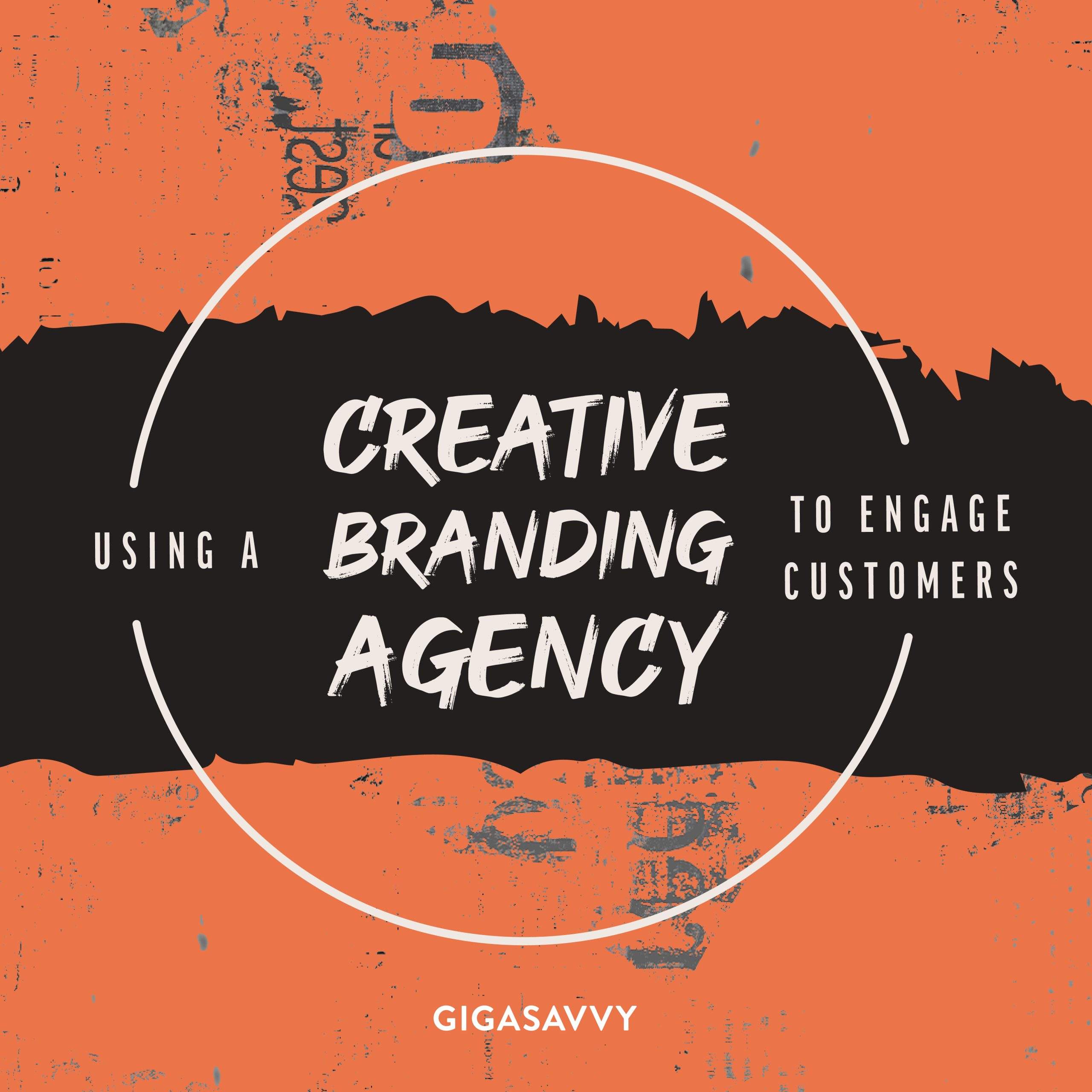In today’s world, brand strategy matters more than ever. Over the past few years, the world has faced seemingly constant economic, social and market turmoil. With economic uncertainty comes the marketing budget squeeze, and the demand to do more with less.
So how do you make your brand strategy more adaptable? In many ways, it’s about going back to basics to create a stable footing on which the entire brand can stand, no matter which way the wind blows.
Market Uncertainty Means Marketing Shifts
As consumer confidence waxes and wanes, some industries have experienced reduced or unpredictable spending. In some cases, brands are responding aggressively to keep sales up, leading to increased competitive pressure.
As markets struggle to find footing and adjust to a new normal, media channels are also rapidly shifting. Although the importance of social media marketing has become a commonly held belief for most brands, few people expected such a large shift in platforms to take place in such a short time. In fact, today’s most frequently downloaded app, TikTok, is not even considered a social media platform — it’s an entertainment app, which some have called the beginning of the end of the social media era.
Throughout all of this, marketers have increasingly dealt with budget constraints and have delayed many investments due to uncertainty.
Yearly planning in this environment has become increasingly difficult, leading many marketers to take a more flexible approach. The most successful companies have a comprehensive and adaptive brand strategy to overcome the challenges facing businesses today.
Take Stock of Your Customers’ Changing Needs
The turmoil of the world around us is not only impacting brands. It is, first and foremost, impacting people. As people deal with supply chain shortages, interest rate increases, inflation and more, many are forced to continually adapt the way they live their lives. Their needs change. Their habits are adjusted. Their goals are reset.
Fortunately, many of these consumers are vocal about what they want and need from brands in response. Whether posting in comments on social feeds, calling customer service lines with questions or shifting where they spend their money, consumers are sending signals about what they need from the brands in their lives.
Look at Your Competitors’ Positioning
Your brand is never the only one to experience shifts in the market. In most cases, some other brand has already seen it and felt it, and is already leveraging their own brand strategy to respond to it. It’s common for organizations to undertake competitive research during planning stages, like when a new product is being developed, for example. But it is equally important to keep tabs on how competitors are shifting their brand position over time.
Are you competitors increasingly focused on low price or value? Are they focused on making their products more convenient and accessible? Are they going after new audiences with more inclusive messaging? It’s important to keep tabs on these shifts in your competitors’ brand strategy, so that you can ensure that you are still positioned in open territory, and respond accordingly if needed.
Invest in Brand Storytelling that Connects
The old adage is true, people rarely remember what you said, but they will always remember how you made them feel. You don’t have to try to pull on consumers’ heartstrings or manipulate their tear ducts to connect with them in a meaningful way.
Authentically connecting with your audience starts with fully understanding them – what motivates them, what makes them laugh, what they are striving for. When you understand that, you can build brand messaging that relates to consumers on a human level. This builds trust and loyalty with consumers, which can help your brand weather economic storms.
Allocate Resources Smartly
Once you have taken stock of your customers, your competitors and your opportunities to connect with customers, you will be able to allocate your resources accordingly. You may find that a simple change to your creative or your messaging will be sufficient, or that your target audiences are now more frequently exposed to new and media different channels.
In today’s shifting media landscape, it’s important to have a nimble mindset. As you identify where and how you are most likely to connect with audiences, be willing to react quickly. It often takes a while for an entire industry to embrace these changes, so early movers can take advantage of the opportunity to quickly gain a higher share of voice.
Gigasavvy has experience helping brands assess the landscape and position them for success with comprehensive and adaptive brand strategies, meaningful brand stories, and award-winning omni-channel campaigns. Reach out to chat about how we can help you drive your brand forward.



